Guiding Questions:
1. Why might it be interesting to record the size and species of the trees surrounding the colonies?
It would be interesting because it gives you a better understanding of what the ants interact with and how they interact with them.
2. If you wanted to study the the effect of the tree size on the size of the ant colonies, what would be your dependent variable? Your independent variable?
The dependent variable would be the ant colony, the independent variable would be the tree size,
3. During the winter months, the snow will often melt off the ant mounds before it melts off the surrounding area. What process gives off the heat that melts the snow?
My best guess is hibernation.
1. Why might it be interesting to record the size and species of the trees surrounding the colonies?
It would be interesting because it gives you a better understanding of what the ants interact with and how they interact with them.
2. If you wanted to study the the effect of the tree size on the size of the ant colonies, what would be your dependent variable? Your independent variable?
The dependent variable would be the ant colony, the independent variable would be the tree size,
3. During the winter months, the snow will often melt off the ant mounds before it melts off the surrounding area. What process gives off the heat that melts the snow?
My best guess is hibernation.
First, we had to find the three nearest trees to my colony. Then, we decided if the trees were Conifer or Deciduous, and if they were Conifer, we had to decide if they were Larch or Pine. If they were Pine, we would then figure out if they were fir or spruce. We did this for all 3 trees, and got a pine fir, pine spruce and a deciduous tree. Then we measured the circumference of the trees and then the distance from the mound to the trees.
It was an overall fun activity, though it was pretty cold. Anna fell and got dirt all over her pants, but she didn't get hurt so it was pretty funny.
It was an overall fun activity, though it was pretty cold. Anna fell and got dirt all over her pants, but she didn't get hurt so it was pretty funny.
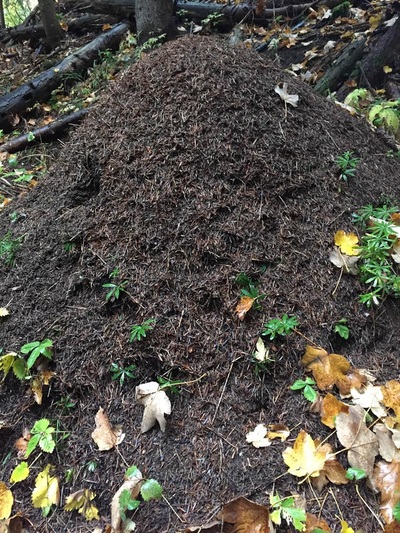
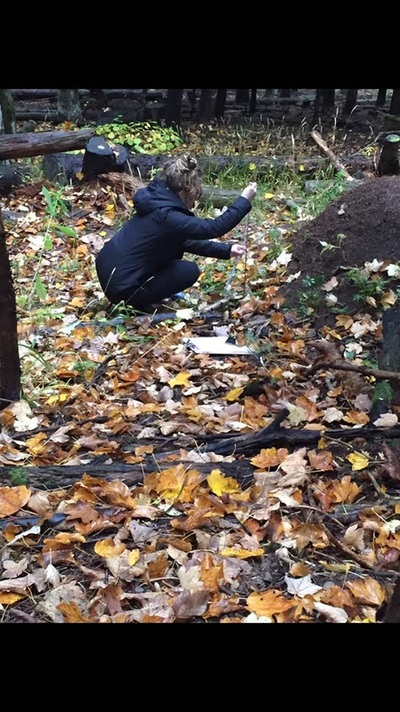
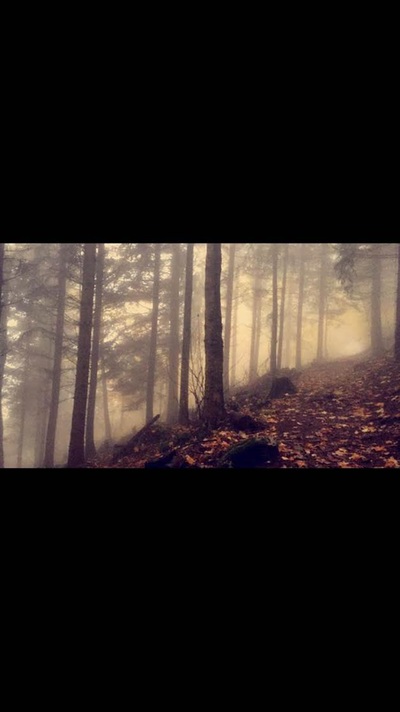
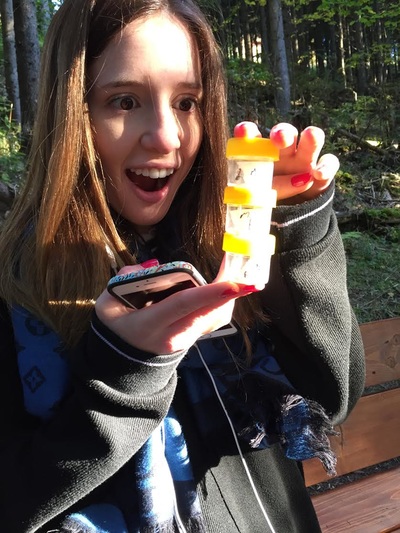
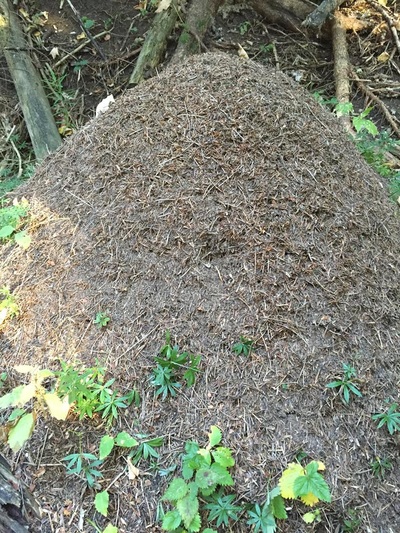
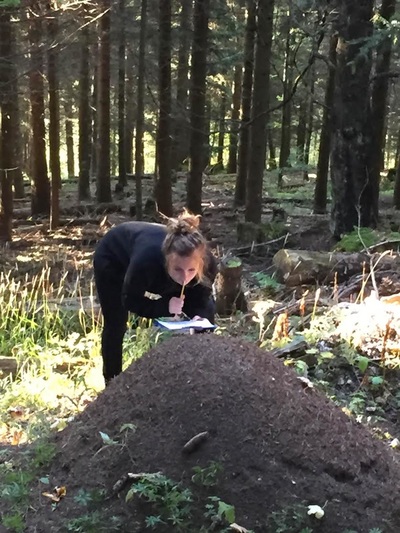
 RSS Feed
RSS Feed
